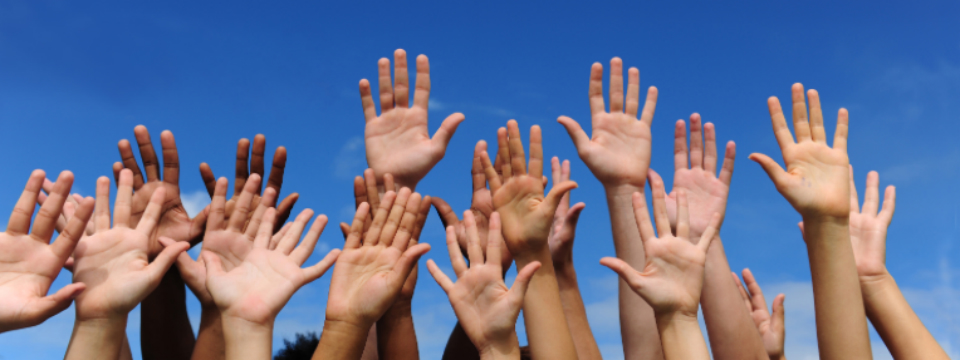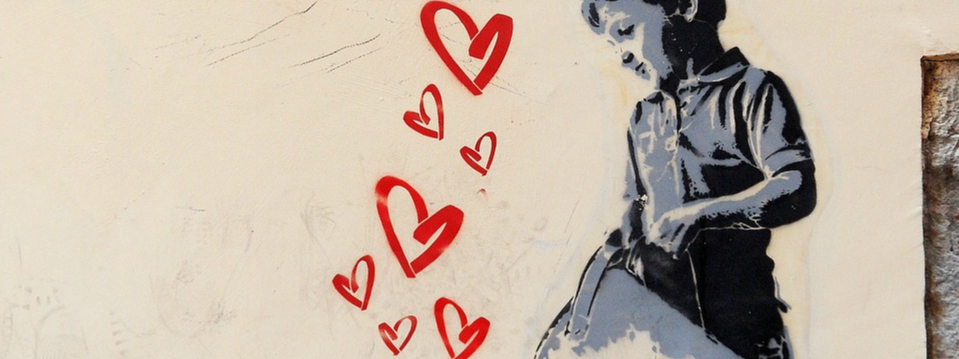Helping Young People After Natural Disasters: There’s a Tool Kit (or Two) for That
How can child-serving systems react to natural disasters in meaningful and effective ways?
What actions can child welfare and juvenile justice practitioners take to help young people heal?
The Annie E. Casey Foundation’s Disaster Relief and Response Team has contemplated these very questions over the years. In 2019, this team — which had previously directed resources to communities in need after hurricanes, earthquakes, and other catastrophes — reoriented to focus on addressing the needs of systems during and after extraordinary events.
With support from Casey and working in partnership with the National Child Traumatic Stress Network, Child Trends has built two comprehensive tool kits — one for child welfare systems and one for juvenile justice systems. Each resource delivers evidence-based guidance aimed at helping young people recover from a catastrophe.
“Very few states have specific language in their child welfare or juvenile justice disaster policies that mention mental health or trauma,” says Rebecca L. Vivrette, a Child Trends research scientist and project director. “The need for resources was clear, and our hope is that agencies and governments can make use of these tool kits to help the youth they serve heal and thrive.”
What’s in the Tool Kits?
Both tool kits are organized into three sections with action steps tailored for the realities that youth-serving agencies face when working with and on behalf of children in disaster situations.
These three sections are:
- Recommendations: This section helps users develop plans and policies that prioritize the emotional and physical well-being of children and encourages partnering with agencies and organizations that tailor support to specific groups.
- Healing and resilience: When catastrophe strikes, kids can be left grappling with emotional distress, physical risks, social disconnection, economic instability and family uncertainty. This section reviews how disasters affect system-involved children and what systems can do to promote healing, resilience and equitable outcomes.
- Interventions: Some children and youth may require a deeper level of support during and after experiencing disaster. This section shares promising interventions aimed at helping kids who are hard hit by trauma- and grief-related stress.
The tool kit for child welfare administrators and staff outlines proactive steps that workers and caregivers can take to provide stability and seamless support to children in care. It shares advice such as: how to build a reliable infrastructure to maintain regular communication with family, friends and caregivers; how to address staff needs related to traumatic stress; and how to train parents and caregivers to comfort children during and after an emergency.
The tool kit for juvenile justice system administrators offers guidance on supporting youth in the community and in facilities. It shares advice such as: how to build an infrastructure for alternative methods of communication; how to adjust the frequency of meetings with probation or parole officers for youth on community supervision; and how to connect youth in institutional settings with family members, friends, attorneys and other social sources of support.
“Casey celebrates the release of these tool kits, which will support natural disaster preparedness and minimize the trauma children and youth experience having gone through these experiences,” says Mildred Johnson, a senior associate at the Casey Foundation.
Each tool kit is packaged in a web-friendly format and as a downloadable, printable resource that could be more practical in post-disaster settings where electricity and internet service may not be available. Both tool kits are also available in English and Spanish.
Resources Fit for a Pandemic
One study, published in 2010, found that up to 14% of U.S. children surveyed had experienced a natural disaster. Since then, virtually all children have encountered a different kind of catastrophe: the COVID-19 pandemic.
Researchers were busy developing both tool kits as the coronavirus spread, and the pandemic informed their final products.
“Although the circumstances surrounding natural disasters and COVID-19 are different, the physical and emotional impacts on children, youth, and families can be similar,” the researchers explain.
Because of these similarities, youth-serving systems may find the tool kits useful for learning how to navigate the current public health crisis and how to prepare for future natural disasters.
Learn more about helping systems-involved kids after natural disasters
Explore the Trauma Systems Therapy for Foster Care practice model
To access the resource, please click here.









